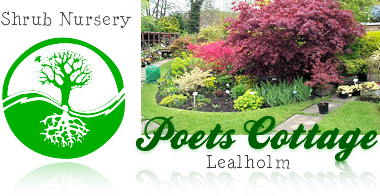On the allotments
An allotment today offers a stress-free chance for creative activity, enjoying the satisfying challenge of working in the fresh air, placing tiny seeds into the ground and nurturing them before bringing the results to the table. Allotment gardening presents the fantastic opportunity to grow the sort of foods you love to eat. Your allotment can also become a magical place for children, providing a space to get their hands in the soil and encouraging good eating habits from tasting the vegetables they have helped to grow. And you don't need a big garden to cultivate your own crops. Edible crops can be squeezed into the tiniest of plots. Our guides are aimed at those who have not had an allotment before but hopefully can be enjoyed by everyone from the more experienced amongst us to those armchair gardeners who are quite content to sit and dream.
On the Allotments
Saltburn Allotments Association
Did you know... you don't have to have an allotment to be a member of Saltburn Allotment Association? Anyone resident in Saltburn is welcome to join. For simply £1 you could enjoy the following benefits:
- 20% seed discount on a wide range of seeds
- discounted composts, fertilisers and weed killers
- a library full of good books about all aspects of gardening
- use of tools for those one off jobs you love to hate
- access to information and advice from experienced gardeners
- opportunities to share and swap seeds and plants
Don't delay, come down to the allotment containers any Sunday between 10.00 and 11.00 til 11.30am and join us. The containers are located on Hazel Grove, past the caravan site on the right hand side.
A brief history of allotment gardening
Allotments date back to the early 18th century and the Enclosures Acts. These laws led to the enclosure of common land, used until then by everyone as grazing for animals. The poor, without land, lost a source of food and income, and many starved. With the advent of the industrial revolution, whole communities were uprooted from their traditional agrarian life and moved into towns and cities to work in the new factories. Food was scarce and expensive, as towns grew up faster than the transport needed to provision them.
And so we got allotments. In order for the people who worked in the factories to eat, it became necessary to allot a piece of land (hence the name) on which a family could grow their own vegetables. These allotments developed into a standard size of 10 poles (around 300 sq yards), deemed sufficient to feed a family of four throughout the year.
Allotments came into prominence during the two world wars. During WWII many parks were turned into allotments and administered by local gardening societies. Once again, it was the shortage of food that gave allotments their importance. But from the late fifties and the end of rationing, allotments went into decline.
The new affluence of the sixties and evolving farming techniques meant that food was both plentiful and inexpensive, and that people had the money to pursue new leisure interests. The package holiday industry took off, and so did shopping! Allotments weren't popular, and their lack of use must have been the perfect excuse to turn sites over to the developers. This happened on such a scale that in the last forty years more than half of all allotment sites in Britain have been lost.
This could be a tale of the end of a movement, but peoples' interest in allotments has been rekindled. Debates about organic growing, food scares such as BSE and salmonella, and the lack of variety and taste in shops has prompted people to get out and do it for themselves.





